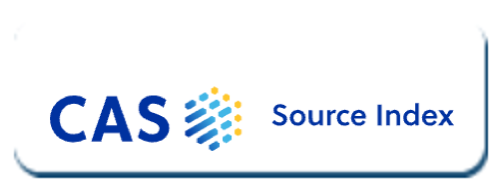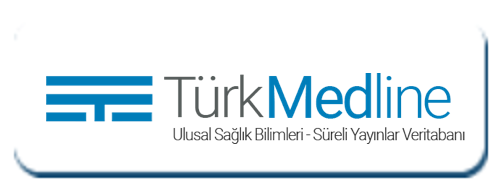Retinopathy of prematurity publications: A bibliometric analysis
DOI:
https://doi.org/10.5281/zenodo.8072280Keywords:
Bibliometric analysis, Prematurity, RetinopathyAbstract
Objective: In this study, we aimed to evaluate the cytometric features of the retinopathy of prematurity (ROP) in literature in the period of 1979-2019.
Materials and methods: This study utilized data from Thomson Reuters' Web of Science (WoS) database from 1979 to 2019, focusing on 'Retinopathy of Prematurity.' The research incorporated the VOS viewer tool for arranging bibliometric networks and figures. The data were divided and analyzed based on variables like time, country, authors, research institutes, and document types. Info maps and bibliometric infographics were created with Microsoft Excel and VOS-Viewer tools. Moreover, population data, GDP per capita, health expenditure, and ICU bed data were sourced from the World Bank and OECD Health Statistics.
Results: A total of 4080 publications in the period of 1979-2019 were scanned. Of all the evaluated publications, 2217 (54.33%) were original articles, 989 (24.24%) were meeting abstracts and 375 (9.19%) were letters, while the others were of the proceeding paper, editorial material, review, correction, book chapter types, respectively. The most widely used language was English with 3977 (97.47%) publications, while German was ranked second, followed by French, Spanish, Portuguese, Italian, and Turkish. A total of 83 countries made 4080 publications on ROP. The United States was the country with the most publications - 1820 (44.6%), followed by the UK - 262 (6.42%), India -242 (5.93%), Turkey - 178 (4.36%), Canada -167 (4.09%), Germany -154 (3.77%), China-153 (3.75%), respectively.
Conclusions: ROP is a significant global health issue with socio-economic implications. Despite higher citation rates in developed countries, efforts should be aimed at reducing healthcare and publication disparities. Screening programs and health policies are crucial, particularly in developing countries.
References
Solebo AL, Teoh L, Rahi J. Epidemiology of blindness in children. Arch Dis Child. 2017;102(9):853-7.
Egghe L, Rousseau R. Introduction to informetrics: Quantitative methods in library, documentation and information science. New York: Elsevier Science Publishers; 1990:292.
Ellegaard O, Wallin JA. The bibliometric analysis of scholarly production: how great is the impact? Scientometrics. 2015;105(3):1809–31.
Bar-Ilan J. Citationstothe “Introduction to informetrics” indexed by WOS, Scopusand Google Scholar. Scientometrics. 2010;82(3):495–506.
Pritchard A. Statistical Bibliography or Bibliometrics. Journal of Documentation.1969;25(4):348-9.
Li J, Burnham JF, Lemley T, Britton RM. Citation analysis: Comparison of Web of Science, Scopus, SciFinder, and Google Scholar. Journal of electronic resources in medical libraries. 2010;7(3):196–217.
VOSviewer—visualizing scientific landscapes. http://www.vosviewer.com/. Accessed: 22.04.2020.
DataBank World Development Indicators 2019 statistics at a glance. Available at: https://data.worldbank.org/indicator/SP.POP.TOTL.
Rhodes A, Ferdinande P, Flaatten H, Guidet B, Metnitz PG, Moreno RP. The variability of critical care bed numbers in Europe. Intensive Care Med. 2012;38(10):1647-53.
Terry TL. Extreme prematurity and fibroblastic overgrowth of persistent vascular sheath behind each crystalline lens I: a preliminary report. Am J Ophthalmol. 1942;25:203-4.
WHO. Global Initiative for the Elimination of Avoidable Blindness. WHO, Geneva; 1997. WHO/PBL/9761.
Quinn GE. Retinopathy of prematurity blindness worldwide: phenotypes in the third epidemic. Eye Brain. 2016;8:31-6.
Shah PK, Narendran V, Kalpana N, Gilbert C. Severe retinopathy of prematurity in big babies in India: history repeating itself? Indian J Pediatr. 2009;76:801–4.
Lawn JE, Davidge R, Paul VK, von Xylander S, de Graft Johnson J, Costello A, et al. Born too soon: care for the preterm baby. Reprod Health. 2013;10(1):S5.
Downloads
Published
How to Cite
Issue
Section
License
Copyright (c) 2023 Journal of Clinical Trials and Experimental Investigations

This work is licensed under a Creative Commons Attribution 4.0 International License.
![]() The journal is licensed under a Attribution4.0 International (CC BY 4.0).
The journal is licensed under a Attribution4.0 International (CC BY 4.0).











